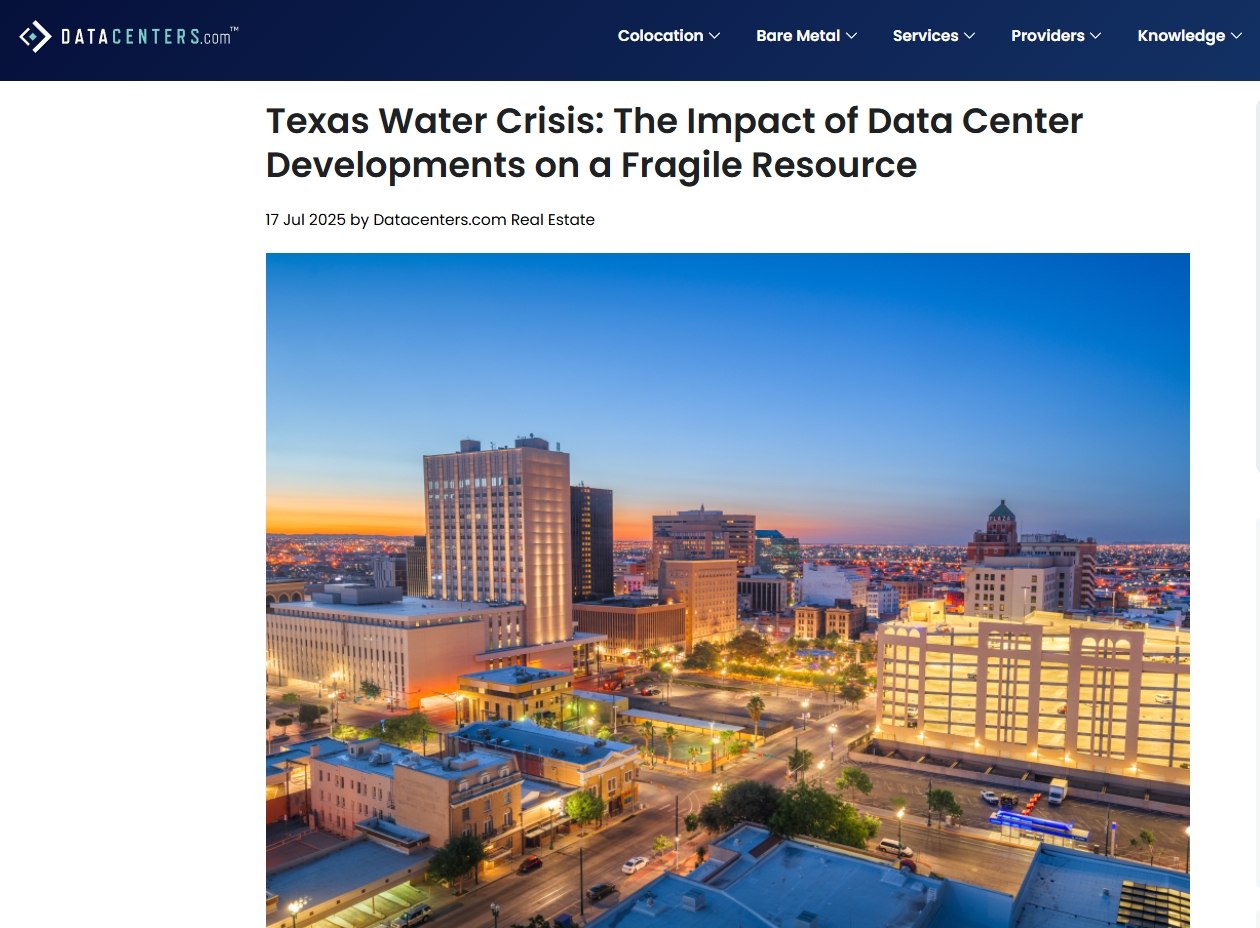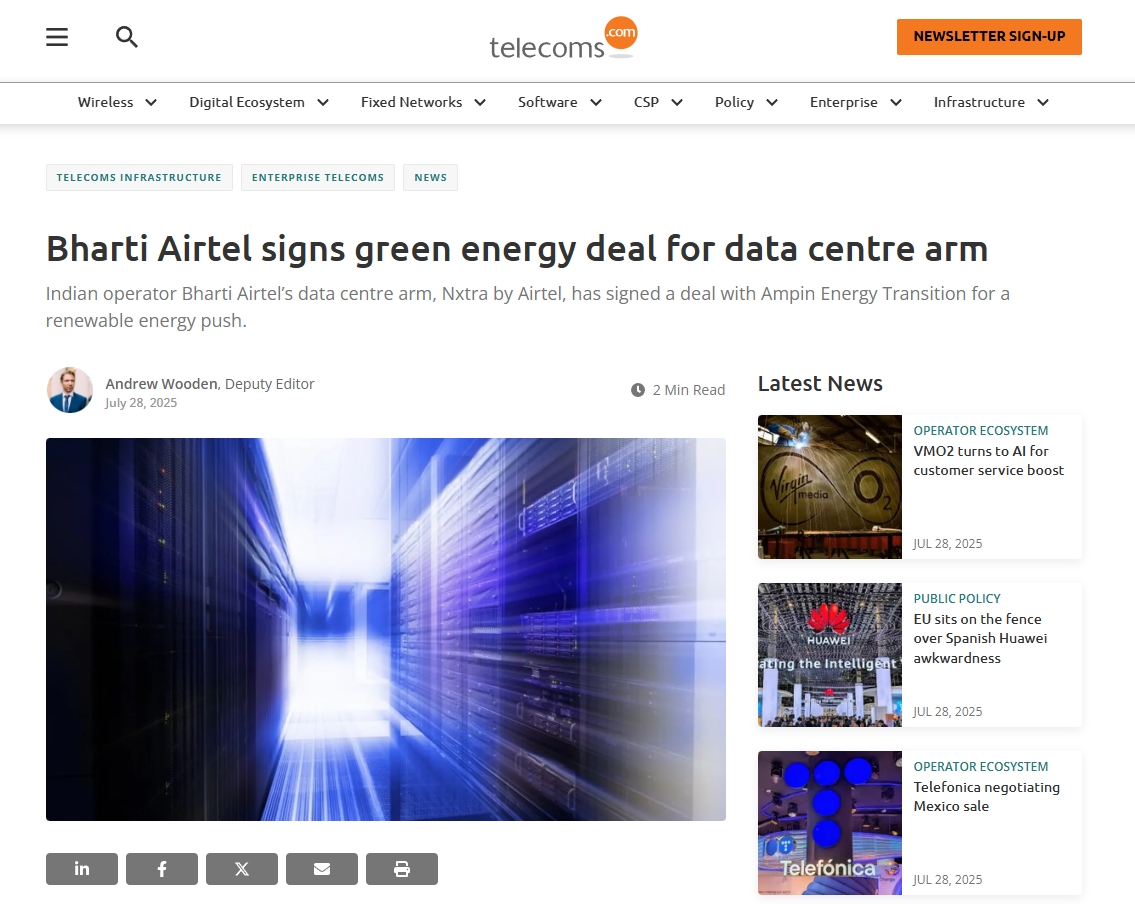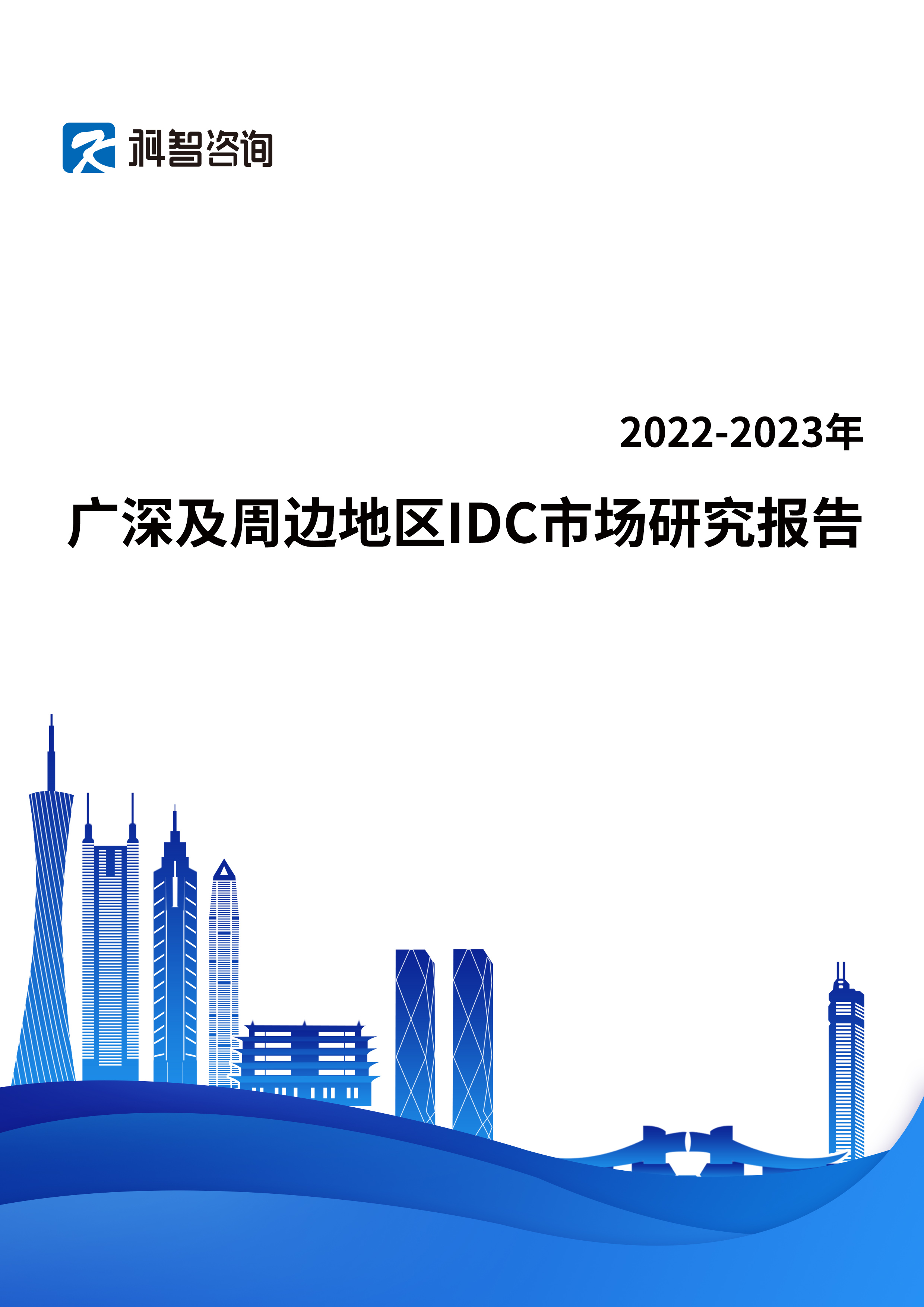A State at the Breaking Point
Texas, a state long associated with energy abundance, is facing an urgent and escalating challenge: water scarcity. Once buffered by vast aquifers and seasonal rains, the Lone Star State is now confronting a future where droughts are more severe, reservoirs are depleting, and one of its fastest-growing industries—data centers—is becoming a significant factor in the water equation.
Over the last decade, Texas has emerged as a premier destination for digital infrastructure. Hyperscale operators, colocation providers, and crypto mining companies have flocked to the state, drawn by its pro-business climate, cheap electricity, and abundant land. But behind this boom lies an uncomfortable reality: data centers are thirsty, and many are being built in regions that are dangerously dry.
This blog explores how Texas’s water crisis intersects with data center development. We’ll examine the numbers, the policies, the environmental tradeoffs, and what operators must do to balance digital expansion with ecological survival.
The Data Center Boom in Texas
Texas is now home to some of the largest data center campuses in the United States. Major players include:
Meta in Temple and Fort Worth
Google in Midlothian and Red Oak
Microsoft in San Antonio and Dallas-Fort Worth
Amazon in El Paso and Houston
Digital Realty, QTS, and Equinix across the Dallas metro
Dozens of Bitcoin mining facilities in West Texas and along the I-35 corridor
What started as a few hyperscale footprints has become a full-scale regional transformation. According to state data:
Texas now hosts over 150 operational data centers
Combined, they consume 400+ million gallons of water annually
That figure could triple by 2030 as AI and cloud workloads scale
The pressure is mounting not only on energy grids—but on local watersheds, aquifers, and utility systems already strained by agriculture and residential demand.
Where the Water Goes: Understanding Cooling Demand
Most of the water consumed by data centers is not used in the compute process itself, but in cooling systems. These systems regulate temperature in facilities that can house tens of thousands of high-powered servers, often running 24/7.
There are three main types of data center cooling:
Evaporative Cooling
Uses water evaporation to absorb heat
Can consume millions of gallons per year per site
Most water-efficient in dry climates, but still high usage
Chilled Water Systems
Circulates cooled water through heat exchangers
Requires large volumes of treated water
Risk of leakage and continuous replenishment
Liquid Immersion and Dry Cooling
Minimal water use
Emerging in next-gen AI workloads
Higher capex, not yet widespread
In many parts of Texas—especially Central and West Texas—data centers rely on evaporative cooling due to cost and efficiency advantages. But with lakes shrinking and aquifers dropping, this method is becoming less sustainable.
The Hydrological Context: Drought, Demand, and Decline
Texas is no stranger to drought. But recent patterns show longer durations, higher temperatures, and less predictable rainfall. In 2024 alone:
Over 70% of Texas experienced moderate to severe drought
Lake Travis and Lake Buchanan fell to historic lows
Edwards Aquifer, a key water source, dropped 20 feet below its 10-year average
Simultaneously, the state added 4 million new residents between 2020 and 2025. Urban growth in Austin, Dallas, San Antonio, and Houston means rising residential water use.
Add to that industrial agriculture, fracking, and now data centers, and the math becomes unsustainable. Some municipalities are beginning to ask hard questions about priorities.
Public Backlash and Political Pressure
In towns like Kyle, Pflugerville, and Round Rock, community groups have raised concerns over proposed data centers. Their arguments include:
Tax incentives are being given to facilities that consume more water than they provide in jobs
New campuses are being built without clear long-term water plans
Some operators are drawing from aquifers used by residential wells
In 2025, a lawsuit was filed against a Bitcoin mining company in West Texas for allegedly draining local groundwater and exceeding environmental permits.
These tensions are putting pressure on regulators to act—and some already are. The Texas Commission on Environmental Quality (TCEQ) is now reviewing water use plans for all new data centers exceeding 5MW, a move backed by both legislators and environmentalists.
Operator Responses: Sustainability or Greenwashing?
In response to criticism, several data center operators have begun touting their water stewardship credentials:
Meta has committed to being water positive by 2030, restoring more water than it consumes through river projects and wetland conservation.
Microsoft is investing in direct air cooling and AI-optimized thermal management in its San Antonio site.
Google has pledged to use reclaimed water in all new builds and report monthly usage.
Amazon Web Services is testing zero-water cooling in pilot facilities and offering community water grants.
But many critics say this is not enough. While reclamation and offsets are important, they often happen far from the point of impact. What’s needed, they argue, is local water neutrality—ensuring facilities return as much water to the local ecosystem as they take out.
Alternative Solutions: Innovations in Water-Free Cooling
The crisis is also accelerating innovation. Engineers, architects, and sustainability leads are exploring:
Liquid immersion cooling: Submerging servers in thermally conductive fluid, eliminating the need for traditional air or water cooling.
Heat reuse systems: Capturing waste heat and repurposing it for nearby buildings, agriculture, or industrial processes.
Air cooling in high-altitude sites: Relocating AI clusters to areas with naturally cool climates, reducing thermal load.
On-site desalination and atmospheric water generation: Turning non-potable or ambient sources into usable cooling water.
The challenge is that many of these solutions are still costly, complex, or unproven at scale. Yet, given current trends, the cost of inaction may soon outweigh the capex of innovation.
Long-Term Risks for the Data Center Industry
If the Texas water crisis worsens, the consequences for data center operators could include:
Construction moratoriums in high-risk counties
Permit delays or denials for new builds
Higher utility costs as water becomes more scarce
ESG scrutiny from investors and insurers
Community-led resistance to further development
Already, some real estate developers are pivoting to multi-use tech parks with stricter sustainability criteria, hoping to attract tenants with lower environmental footprints.
Investors, too, are beginning to ask hard questions about water-adjusted IRR—a metric that measures infrastructure ROI in relation to its resource impact. In an age of environmental accounting, data center water use could soon become a boardroom issue.
The Need for Smart Regulation and Collaboration
The Texas water crisis is not the fault of data centers alone. It is the product of decades of mismanagement, growth-at-all-costs development, and a changing climate.
But as high-visibility and high-impact facilities, data centers have a unique opportunity—and responsibility—to lead.
That means:
Collaborating with municipalities on integrated water planning
Supporting legislation that incentivizes sustainable design
Sharing real-time water usage data with the public
Investing in on-site and regional conservation projects
Leading the adoption of zero-water cooling technologies
Done right, this can position the industry not as a burden—but as a partner in Texas’s water resilience.








